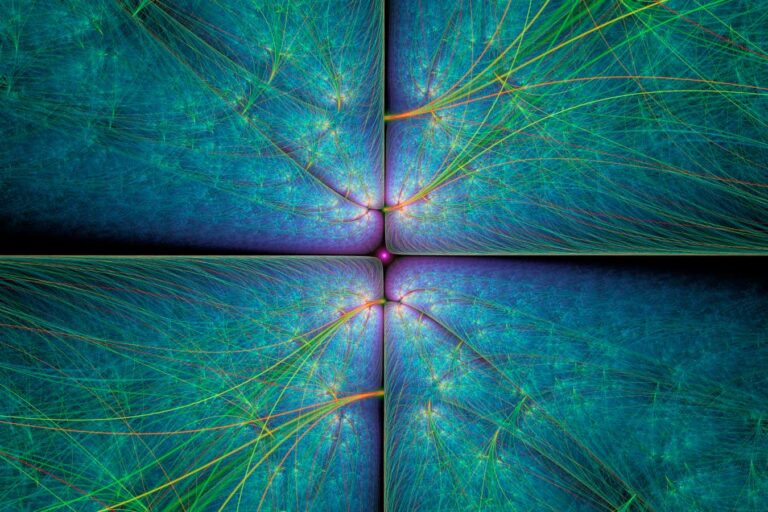Imagine being able to look through everyday objects and see what they are made of. For example, if you zoom in on the armrest of a chair, you can see that it is made of atoms. If we zoom in again, we can see that these atoms contain subatomic particles called protons, neutrons, and electrons. If you zoom in further, you can see that protons and neutrons are made up of quarks.
These are layers of reality, and this is how physicists understand the universe. That is, by breaking everything down into its constituent parts, an approach known as reductionism. As a particle physicist, I grew up on this philosophy. It has come a long way in physics. After all, it is how we construct our current picture of matter and how it works. But now that further progress has stalled, I am convinced that we need to do things differently from here on out.
I think you should zoom out instead of zooming in any further. In doing so, we see that everything there, including seemingly basic things like space and time, is fragmented from a unified whole. While this may sound philosophical and mystical, it is actually the direct result of applying quantum mechanics to the entire universe. In doing so, we see that the universe is essentially a single quantum object rather than made up of separate parts.
This is a radical idea, and we have just started testing it experimentally. But if it’s right, it could help solve some of physics’ most puzzling mysteries and upend the way we think about physics.



